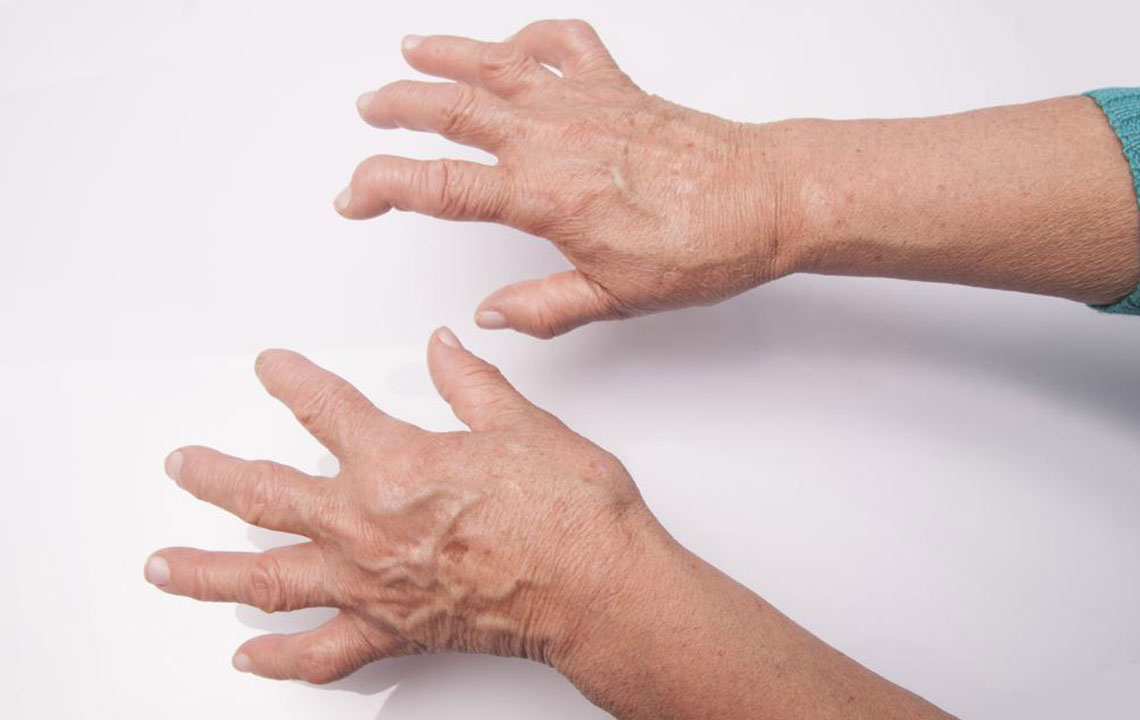Comprehensive Guide to Managing Rheumatoid Arthritis Effectively
This detailed article offers an extensive overview of rheumatoid arthritis, covering its causes, symptoms, progression stages, and treatment options. It emphasizes the importance of early diagnosis, medical therapies, and lifestyle changes such as diet modifications. The content is designed to help individuals better understand RA and manage the condition effectively for a healthier, more active life.

Essential Insights into Rheumatoid Arthritis
Understanding Rheumatoid Arthritis: An In-Depth Overview
Rheumatoid Arthritis (RA) is a chronic autoimmune disorder that primarily targets the joints, leading to inflammation, pain, swelling, and progressive joint damage. Unlike osteoarthritis, which results from wear and tear, RA involves the immune system mistakenly attacking the body's own healthy joint tissues, causing systemic inflammation that can affect multiple organs and systems over time.
It is estimated that approximately 1.5 million individuals worldwide, including a significant number in many countries, live with RA. This condition is more common among women, especially those between the ages of 30 and 60, although men can also be affected. Early diagnosis and effective management are crucial to prevent irreversible joint damage and maintain quality of life.
Potential Causes and Risk Factors for Rheumatoid ArthritisWhile the precise cause of RA remains elusive, research suggests that a combination of genetic, hormonal, and environmental factors plays a role in its development. Family history is a significant risk factor, indicating a genetic predisposition. Certain genetic mutations are associated with increased susceptibility, particularly those affecting immune regulation.
Hormonal influences, especially fluctuations in estrogen levels, may also contribute, which partly explains the higher prevalence in women. Environmental triggers, including exposure to toxins, infectious agents, and pollutants, are believed to activate abnormal immune responses in genetically predisposed individuals.
Additional risk factors include:
Exposure to infectious pathogens such as bacteria and viruses
Overweight or mild obesity, which increases joint stress
Physical trauma, sports injuries, or psychological stress
Environmental toxins and pollutants
Recognizing the Common Symptoms of Rheumatoid ArthritisRA primarily affects synovial joints, causing symptoms that can vary in severity. Typical early signs include:
Persistent morning stiffness lasting longer than an hour
Diffuse pain across multiple joints such as fingers, wrists, elbows, knees, and ankles
Swelling, tenderness, and warmth over affected joints
As the disease progresses, systemic manifestations may appear, such as:
Photophobia, dry eyes, and vision problems due to associated eye inflammation
Subcutaneous nodules (small lumps) near affected joints or bones
Breathing difficulties resulting from inflammation of lung tissues
Nerve compression syndromes and anemia caused by blood vessel inflammation (vasculitis)
Stages of Rheumatoid Arthritis Progression: From Early to AdvancedUnderstanding the stages of RA can help in timely intervention and management:
Stage 1: No observable joint damage; symptoms include joint pain, stiffness, and swelling, but imaging shows no bone erosion.
Stage 2: Synovial inflammation causes mild cartilage degradation detectable via imaging, with ongoing joint discomfort.
Stage 3: Development of cartilage erosion and bone damage, leading to persistent pain, swelling, and reduced joint function.
Stage 4: Severe joint destruction and possible bone fusion, resulting in loss of mobility and joint deformity. Advanced cases may require surgical intervention.
Effective Treatment Strategies for Rheumatoid ArthritisManaging RA involves a multifaceted approach aimed at reducing inflammation, relieving symptoms, preventing joint and organ damage, and improving overall physical function. Early and consistent treatment is essential for better long-term outcomes.
Medical therapies are the cornerstone of RA management, including:
NSAIDs: Non-steroidal anti-inflammatory drugs help control pain and reduce inflammation during flare-ups.
Corticosteroids: Short-term use can rapidly control severe inflammation but are used cautiously due to side effects.
DMARDs (Disease-Modifying Anti-Rheumatic Drugs): These medications, such as methotrexate, sulfasalazine, and hydroxychloroquine, aim to slow disease progression and prevent joint damage.
Biologic Agents: Target specific immune system components (e.g., TNF inhibitors, IL-6 inhibitors) to reduce inflammation and disease activity in active cases.
In advanced stages with significant joint damage, surgical options like joint replacement (arthroplasty) may restore mobility and function. Common surgical procedures include hip, knee, shoulder, and wrist replacements, along with synovectomy or tendon repair as needed.
Diet and Lifestyle Approaches to Support RA ManagementAdjunctive strategies such as diet modifications and lifestyle changes can complement medical treatments to alleviate symptoms and improve well-being.
Adopting an anti-inflammatory diet rich in antioxidants is beneficial. Key dietary recommendations include:
Foods Rich in Omega-3 Fatty Acids: Incorporate fatty fish like salmon, mackerel, sardines, and tuna, which have been shown to help reduce joint inflammation.
Colorful Fruits and Vegetables: Blueberries, strawberries, spinach, kale, and broccoli contain antioxidants that combat oxidative stress and inflammation.
Nuts and Seeds: Walnuts, almonds, flaxseeds, and chia seeds provide healthy fats and nutrients supporting joint health.
Legumes: Beans such as black beans, kidney beans, and chickpeas are rich in fiber and anti-inflammatory compounds.
It is equally important to limit intake of processed, salty, fatty, and sugary foods, which can exacerbate inflammation. Maintaining a healthy weight minimizes stress on joints and enhances the effectiveness of treatments.
Always consult healthcare professionals before making dietary or lifestyle changes, especially considering individual health conditions.
This comprehensive guide aims to provide essential insights into RA management, combining medical and lifestyle strategies to improve quality of life for those affected.




